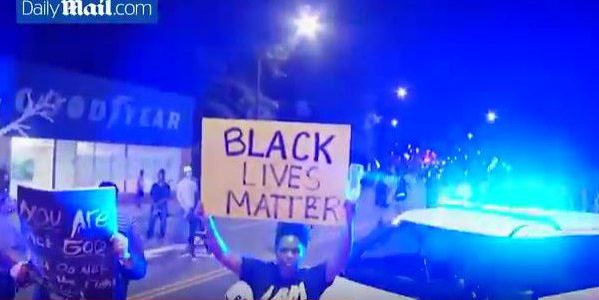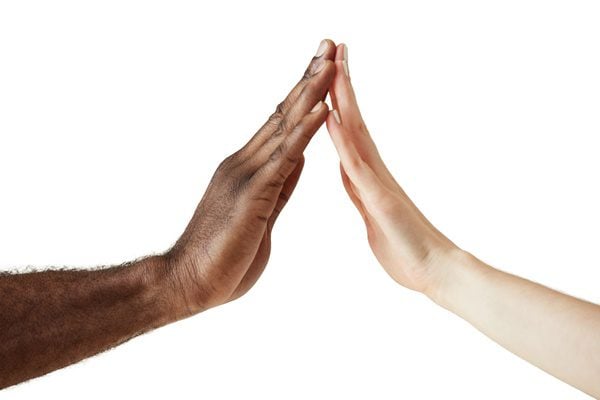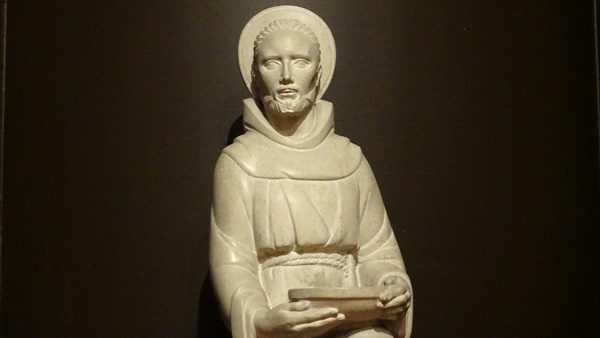After the shooting Keith Lamont Scott in Charlotte, North Carolina, it took an uprising and the pressure of thousands to compel the Charlotte-Mecklenburg Police Department to release portions of the tape of his shooting. It was noted at the time that the video of Scott’s shooting would likely be the last to be released by police. On October 1, House Bill 972 took effect, prohibiting the release of police body and dash camera recordings to the public. Those whose images or voices are recorded must write law enforcement agencies to obtain permission to see a single viewing of the recording. If they desire a copy of the recording, they must go through court. Considering how video recordings, by both police and civilians, have shined a light on excessive force and helped catalyze a nationwide discussion on systemic racism and bias in law enforcement and beyond, the importance of transparency as a precursor to essential reform cannot be overstated. With HB 972, the state of North Carolina took a step backward from police transparency, and with it, accountability and trust.
Governor Pat McRory, who signed the bill into law back in July, shortly after the shootings of Alton Sterling in Louisiana and Philando Castile in Minnesota, believes that opening the viewing of police videos to the public has the potential to cause harm:
Governor McRory is not necessarily wrong. A video without context cannot tell the entire story of an encounter between an officer and a civilian, and it may be interpreted differently by different people depending on their relationship to law enforcement and innumerable other factors. Nevertheless, those who have the power to take freedom or life must be held accountable to the public. It is in the interest of the public to know how those with the power to enforce the law use that power responsibly, and it is the public’s right to make sure that power is put to use for their security and well-being. While there may be some reasonable limits toward public access of police video, the relationship of law enforcement toward civilians should always aim for transparency.
Transparency Is Not Enough
But transparency is not enough. The goal of transparency, the goal of police accountability, is to build a community of trust in which law enforcement and the public they serve hold mutual respect for one another, so that the laws of a community are operating on behalf of the people and are administered with care and consistency. And in a polarized society, transparency highlights divisions, as what is seen will be interpreted through lenses that have been shaped by profoundly different backgrounds and experiences.
While many different factors will determine the degree to which people trust law enforcement, they often boil down to whether people think that they or their loved ones will be protected or targeted, or the extent to which they can empathize with those who feel targeted. Public exposure to police videos has revealed the ways in which African Americans, as well as the poor and mentally ill, are disproportionately targeted with excessive and even deadly force. This exposure has caused some who once trusted police authority to start questioning it, and thus police officers may find themselves facing more scrutiny and judgment than they have in the past. It is understandable that some would resist transparency. Yet the exposure of excessive force by police officers shows more than the officer’s rush to judgment. It shows a history of systemic oppression, discrimination, and prejudice culminating in a stop and frisk or the pulling of a trigger. The disproportionate suspicion and targeting of African Americans would be impossible in a society that had not been subtly (and not subtly) conditioned to fear darker skin through segregation, skewed media messages, and generations of bias. While exposure of excessive force is helping some to awaken to this deep, systemic prejudice, denial and demonization persist. We also live in a time of great fear as the war on terror abroad has made many long for security at home. With prejudice and fear pushing back against the awakening to the need for police and criminal justice reform, we are a deeply divided nation. Transparency in policing in this polarized atmosphere can lead some to open their minds, but for others it will simply be interpreted to reinforce prior viewpoints.
Among other things, excessive police force is a symptom of systemic racism. At best, transparency may deter or hold officers accountable for excessive force, but this merely treats the symptom of the deeper disease. We need reform not only of our law enforcement and our criminal justice systems, but of our culture as a whole. We need transformation from a culture of demonization, scapegoating, and fear to one of compassion, empathy, and hope.
Building a Culture of Empathy
With this in mind, here is a list of 3 ways to move beyond holding police accountable to holding our entire society accountable for security and prosperity for all – which depends on repairing racial relations and transcending a spirit of enmity.
- Work for Community Control of Police. This is a demand of many activists and the Movement for Black Lives. It would give communities power to hire, fire, and subpoena, as well as have a significant role in procedural development. While at first glance, demanding community control may sound antagonistic to law enforcement, it is not. When officers serve at the pleasure of their communities, they must know the people for whom they work. Community control of police would foster not only accountability, but also healthier relationships between law enforcement and the people they serve. Unlike “broken windows policing,” where militarized police act more like an occupying force than public servants, community control of police encourages officers to get to know the people they are charged to serve and protect. Developing relationships is the best way to dispel prejudice.
- Divest from Locking and Blowing People Up; Invest in Building People Up. Our culture of enmity spends more on prisons than schools, and more on killing abroad than building up lives. We need to invest in economically depressed communities, and economic depression often overlaps with segregation. The money can come from reducing spending on prisons, militarized weaponry for police officers, and defense, which makes up more than half of our discretionary budget. Education and employment opportunities cannot prevent all crime, but they can deter the desperation that can lead to crime. A spirit of enmity that ends in police shootings begins with a mindset that chooses to invest more in protection from “criminals” than nurturing communities, thus treating people more as potential criminals than people. The classic 80s movie “Field of Dreams” said, ‘If you build it, they will come.” If we build prisons, we will fill them with prisoners… a distrust and hostility toward the people will flow, and people will be imprisoned for small transgressions. But if we build schools, recreation centers, job opportunities, etc., we will build a future of prosperity and hope. The money is not the issue; political will and a faith in humanity are.
- Dispel White Ignorance. The subtle (and blatant) prejudices that exist in our society that result in oppression and violence for African Americans and other racial minorities come from generations of ignorance. From slavery through Jim Crow and segregation down to the discriminatory treatment of law enforcement toward African Americans today, a sense of fear and dehumanization has been cultivated against people with dark skin that is based in nothing but powerlust, bigotry, and scapegoating. While much work has been done to dispel the ignorance of racism, much more can still be done. Our nation is long overdue for a Truth and Reconciliation Commission to truly understand and repent of the horrors of slavery and the systemic injustices that have flowed from it (while other Truth and Reconciliation Commissions should grapple with the equally deplorable treatment of Native and Latino Americans) and determine the best way to make reparations. Beyond that, we need a de-Euro-centralization of our education system – from history to literature to science – so that future generations can truly understand the contributions of all cultures, not simply white and Western, to our nation and our world. Confronting our blind spots and understanding the profound damage of racism is not about guilt, it’s about healing.
The problem of police brutality goes far beyond law enforcement and therefore cannot be fixed with solutions that focus solely on accountability and police reform. When laws are enforced disproportionately brutally toward members of a minority race, that is an indication of a deep and persistent inequity within society. That is why every time another unarmed African American is killed and the officer is not indicted, a deeper problem than police accountability is at play. We are nation of condemnatory judgment, enmity, and fear. Transparency is important so we can see with our eyes, but only a deeper vision of the heart and mind can help us transcend our enmity and fear and live in compassion and hope. We must cultivate that vision so that we may hold not only police, but all of us, accountable for the wellbeing of one-another.
Editor’s Note: Yesterday, October 5th, the Charlotte-Mecklenburg Police Department released the entire video of Keith Lamont Scott’s shooting, despite the law. Public pressure is a powerful tool that can still compel transparency even when laws hinder it.
Stay in the loop! Like Teaching Nonviolent Atonement on Facebook!












